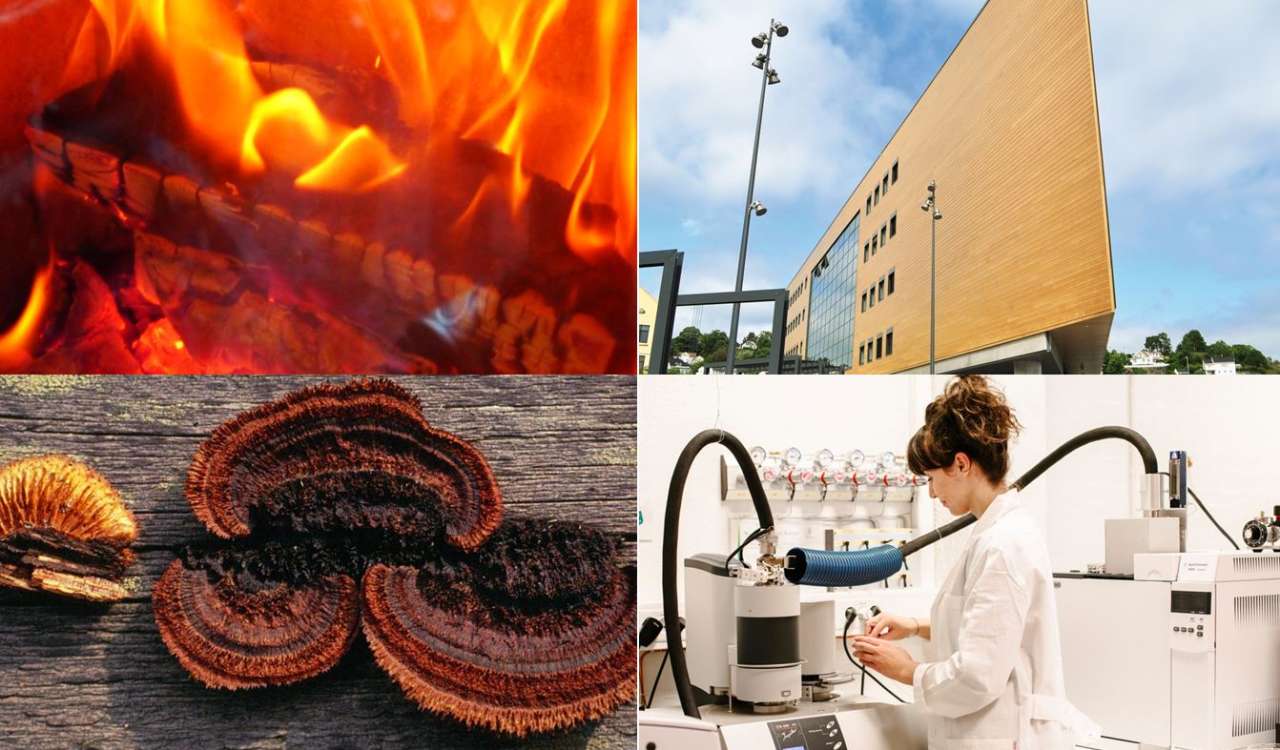
Lone Ross
Director
-
Division of Forest and Forest Resources
(+47) 911 97 268 lone.ross@nibio.no Office Location: Ås H8

